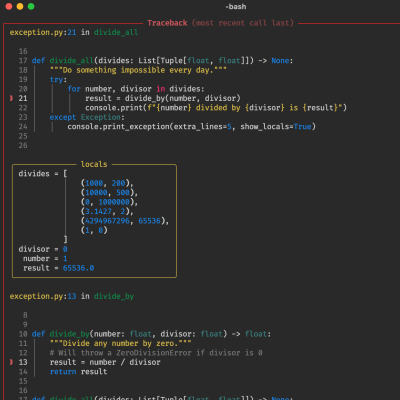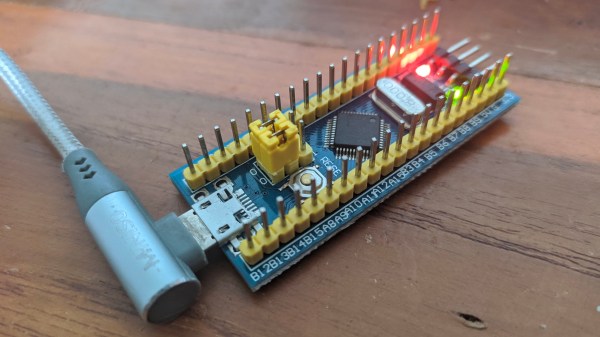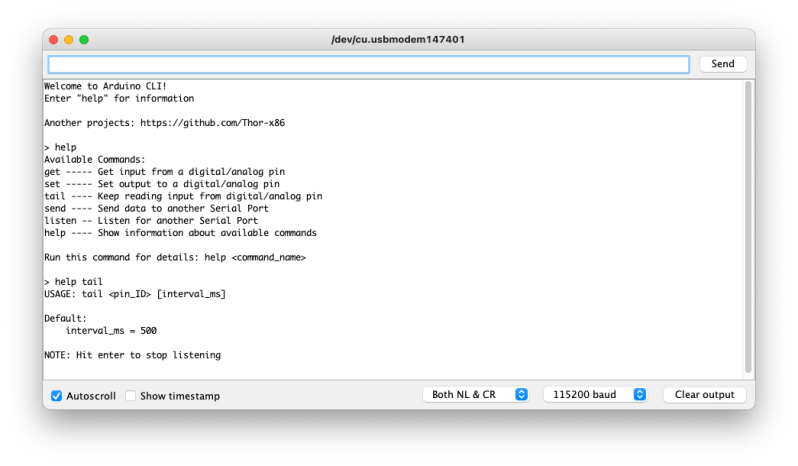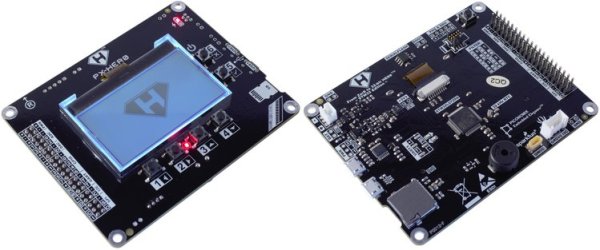Here at Hackaday Central, we fancy that we know a little something about Linux. But if you’d tasked us to run any GUI program inside a Linux terminal, we’d have said that wasn’t possible. But, it turns out, you should have asked [mmulet] who put together term.everything.
You might be thinking that of course, you can launch a GUI program from a terminal. Sure. That’s not what this is. Instead, it hijacks the Wayland protocol and renders the graphics as text. Or, if your terminal supports it, as an image. Performance is probably not your goal if you want to do this. As the old saying goes, “It’s not that the dog can sing well; it’s that the dog can sing at all.”
If, like us, you are more interested in how it works, there’s a write up explaining the nuances of the Wayland protocol. The article points out that Wayland doesn’t actually care what you do with the graphical output. In particular, “… you could print out the graphics and give them to a league of crochet grandmas to individually tie together every single pixel into the afghan of legend!” We expect to see this tested at an upcoming hacker conference. Maybe even Supercon.
We generally don’t like Wayland very much. We use a lot of hacks like xdotool and autokey that Wayland doesn’t like. We also think people didn’t understand X11’s network abilities until it was too late. If you think of it as only a video card driver, then you get what you deserve. But we have to admit, we are humbled by term.everything.



















